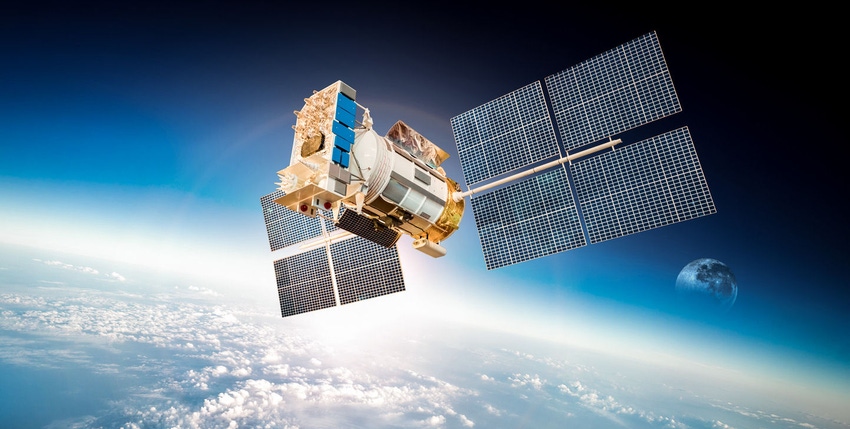Swedish vendor Ericsson has partnered with chip maker Qualcomm and defence giant Thales to help it conquer a new frontier of space-based comms.
July 11, 2022

Swedish vendor Ericsson has partnered with chip maker Qualcomm and defence giant Thales to help it conquer a new frontier of space-based comms.
That frontier is direct-to-satellite 5G connectivity, or 5G non-terrestrial networks (NTNs) to put it in 3GPP terminology. It’s exciting because it promises to enable off-the-shelf cellular devices to get a connection in the most remote locations without help from any ancillary equipment on Terra firma. No ground stations, no satellite phones, no terrestrial network; just a handset connected to a base station installed on a low Earth orbit (LEO) satellite.
Ericsson et al plan to conduct ground-based testing of all of the technology components required to enable 5G NTNs. Ericsson will validate a 5G virtual RAN (vRAN) stack, modified to handle radio signals propagating from a fast-moving LEO satellite. Thales will test out a 5G base station suitable for deployment on LEO satellites, while Qualcomm will provide test phones to verify that a 5G NTN will be able to connect directly to handsets.
“This testing and validation cooperation between Ericsson, Thales and Qualcomm Technologies will be a major milestone in the history of communications as the ultimate result could effectively mean that no matter where you are on Earth – in the middle of an ocean or the remotest forest – high-end, secure and cost-effective connectivity will be available through collaborative 5G satellite and terrestrial connectivity,” said Erik Ekudden, Ericsson’s chief technology officer, in a statement.
Canned quotes from Qualcomm and Thales offered similarly-enthusiastic sentiments.
If any of this direct-to-satellite stuff has a familiar ring to it, it’s because it already exists. After years of testing, US-based Lynk in April launched its first commercial-ready cell tower in space. It is the company’s sixth satellite in orbit, but the first one covered by an FCC licence granting permission to operate a satellite direct-to-phone service. A further three similar satellites are due to launch later this year. Lynk already has nine operators signed up to use its network, and it aims to go live with a global commercial service later this year with 12 operator partners in total.
Where the Ericsson, Qualcomm and Thales partnership differs, however, is that their work focuses specifically on providing 5G connectivity between satellites and handsets, whereas Lynk offers LTE connectivity.
Furthermore, Lynk uses patented software and technology to convince a handset into thinking it is connected to a stationary base station some 12 miles away, rather than an LEO satellite hurtling around the world. That’s useful because any phone purchased today can make use of the network. Meanwhile, Ericsson and friends want to build satellite networks conforming to 3GPP’s official NTN specification, which was added to the 5G standard with Release 17. It means phones that want to connect to the network will have to be equipped with chipsets that include support for this version of 5G. Hence the involvement of Qualcomm.
Ekudden said “it is too early to say” when the ground-based work by Ericsson and its partners will lead to the launch of a 5G-equipped prototype satellite “for real operational use.”
That’s alright though, because in the meantime, people who want a connection anywhere, might soon be able to get one from Lynk, albeit on LTE.
Get the latest news straight to your inbox. Register for the Telecoms.com newsletter here.
About the Author(s)
You May Also Like








.png?width=300&auto=webp&quality=80&disable=upscale)


_1.jpg?width=300&auto=webp&quality=80&disable=upscale)


.png?width=800&auto=webp&quality=80&disable=upscale)